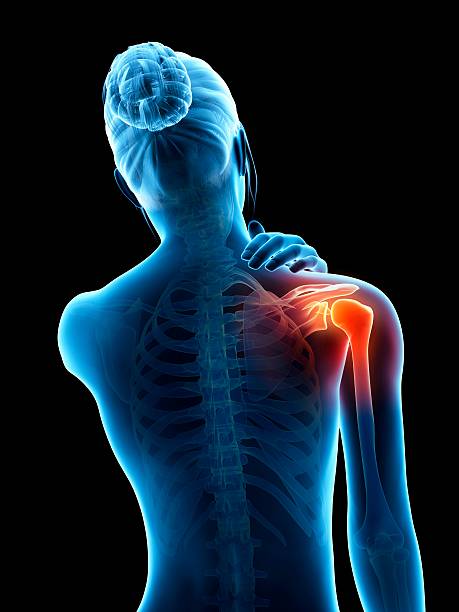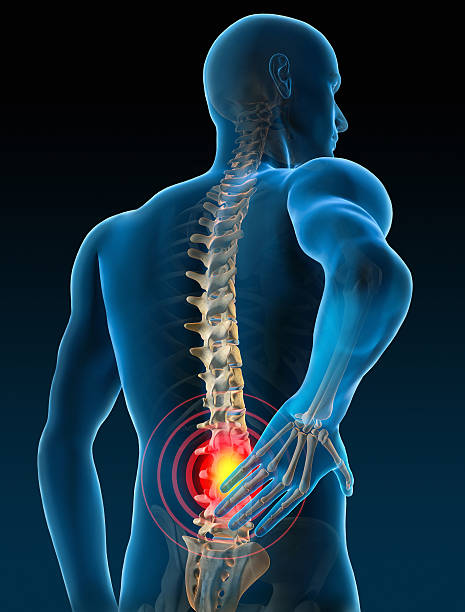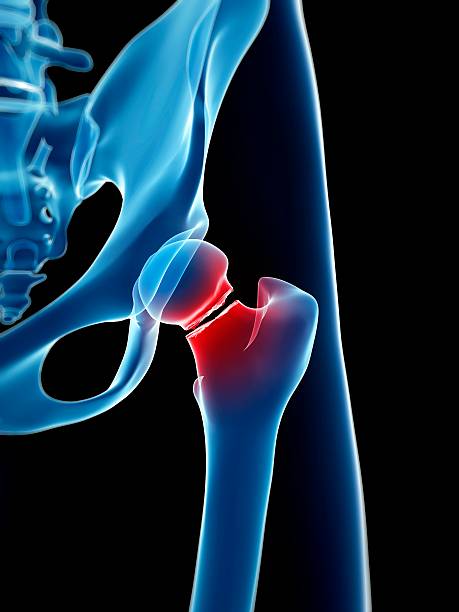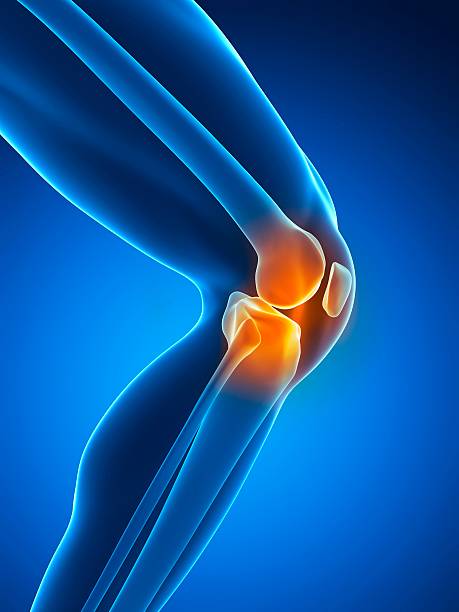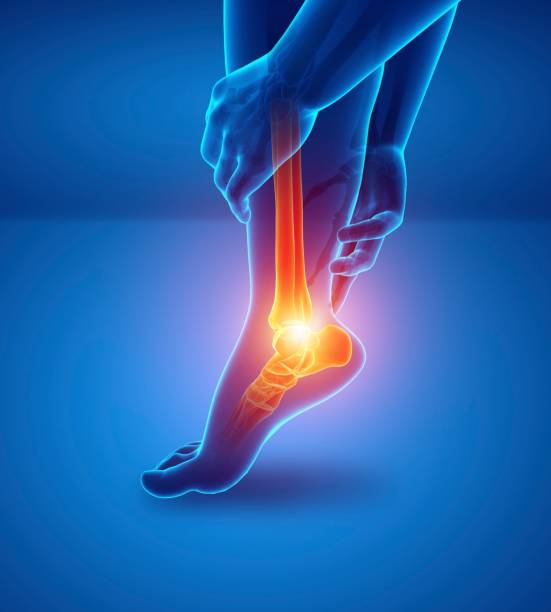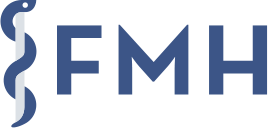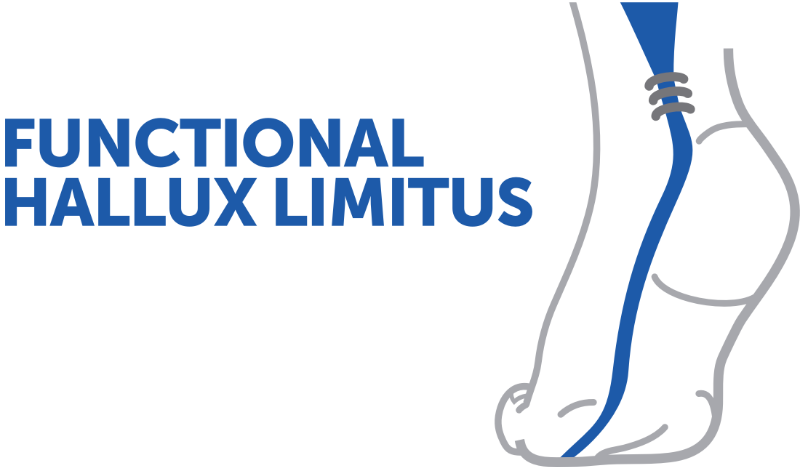Interventional treatments for post-knee replacement pain
This presentation details the solutions available to treat persistent pain after knee replacement, including radiofrequency, cryotherapy, targeted infiltrations, as well as regenerative medicine approaches such as PRP and hyaluronic acid.
Doctors
Topics
Treatments
Advice
- Prof. Nicolas Theumann
- Infiltrations
- Radio frequency
- Cryotherapy
- Test blocks
- PRP
- Infiltrations
- Radio frequency
- Cryotherapy
- Regenerative medicine
- PRP
- Do not repeat cortisone injections too often.
- Evaluate effectiveness via test blocks
- Adapt the techniques according to the location of the pain
- Combining physiotherapy with PRP
Information
Video type:
Anatomy:
Surgery:
Understanding pain after knee replacement
After a correctly positioned knee prosthesis, pain may persist. This does not systematically reflect implant failure but often a neuropathic or capsular pain component, sometimes maintained by residual joint inflammation. The challenge is to identify the dominant source of pain (intra-articular, peritendinous, or nervous) in order to adapt the targeted procedure rather than multiplying non-specific treatments.
In this context, imaging guidance and anesthetic tests are crucial. A procedure in the right place—and at the right plane—has more impact than a "blind" approach. The primary objective is twofold: to provide lasting relief and restore function (walking, stairs, rehabilitation) while avoiding repeat procedures that weaken tissues.
Guided infiltrations: effectiveness and limits
Intra-articular or peritendinous injections, performed under ultrasound or fluoroscopy, offer significantly greater placement precision than unguided procedures. This precision translates into better short-term clinical efficacy, particularly when synovial inflammation contributes to pain. However, repeated corticosteroid use carries a risk of damaging cartilage and is not a long-term strategy.
Thus, infiltrations have their place in "getting over a corner," initiating rehabilitation, or calming a congestive flare-up. They are part of a structured care plan, with clear functional objectives and remote reassessment. Beyond that, neurotargeted or regenerative approaches should be explored.
Radiofrequency results last approximately three times longer than standard infiltration.
Radiofrequency neurolysis: principle, targeting and selection
Radiofrequency neurolysis targets the geniculate sensory branches responsible for anterior capsular pain. A needle inserted into the nerve delivers a controlled current that induces a limited thermal lesion, preserving the supporting architecture and allowing for subsequent regrowth. The procedure is performed after one or two test blocks (xylocaine) that validate the relevance of the target and predict the clinical response.
The identification is carried out under imaging, classically targeting the superomedial, superolateral and inferomedial nerves. The inferolateral branch, close to the common peroneal nerve, is spared as a first-line treatment to avoid any motor impairment. When the blocks are positive twice, the probability of significant relief is high and the duration of effect is greater than that of a single infiltration.
Cryotherapy and regenerative medicine: when and why
Cryo-neurolysis is a possible alternative; it creates a controlled lesion "ice cube" at the tip of the needle. The results are comparable in some series, but the procedure is longer and can induce transient muscle pain. In current practice, radiofrequency remains the gold standard when the nerve target is clearly identified.
At the same time, regenerative approaches may be relevant, especially upstream of the prosthesis or in residual mechano-inflammatory pain: hyaluronic acid (visco-supplementation) with moderate but not deleterious effect, and PRP (platelet-rich plasma) which requires an associated physiotherapy program to optimize tissue healing and avoid failures.
Even with properly fitted prostheses, sometimes the pain can still persist.
Care pathway: test, objectify, decide
The decision-making process follows a progressive logic: clinical identification of painful areas, precise guidance, then test blocks to objectify the nociceptive part of a given nerve branch. A positive block confirms the indication for radiofrequency and improves the predictability of results. Success depends as much on the quality of targeting as on compliance with a standardized protocol (temperature, duration, number of targets).
Functional assessment (walking, stairs, sleep) and rehabilitation are integrated into the plan. The patient benefits from measurable objectives and follow-up at defined intervals, in order to adjust the program and promote a sustainable return to activity.
Message to the patient: lasting relief and function
Interventional analgesia aims for prolonged relief, with an average benefit greater than that of a standard infiltration when the nerve target is validated. It is part of a comprehensive approach that combines inflammation control, active rehabilitation, and movement education. The expected result is an improvement in quality of life and exercise capacity, without overexposing the joint to repeated movements.
In practice, clear information and careful selection of the indication are the best guarantees of a satisfactory result. The objective is not only to "calm" but to allow freer and more confident use of the prosthetic knee.
Pathologies treated at the center
Hallux Limitus
Functional
Your pain has a cause.The balance sheet allows us to understand it.
- Gait analysis
- Posture Assessment
- Guidance on the right treatment
- Study of plantar supports and supports
- Detection of compensations
- Pain–movement correlation
The functional assessment allows us to understand how a joint or postural imbalance can trigger or perpetuate pain. Very often, imaging is normal, but movement is disturbed. By analyzing gait, weight-bearing patterns, or posture, we identify the weak links in the chain and guide targeted treatment adapted to the patient's actual mechanics.


